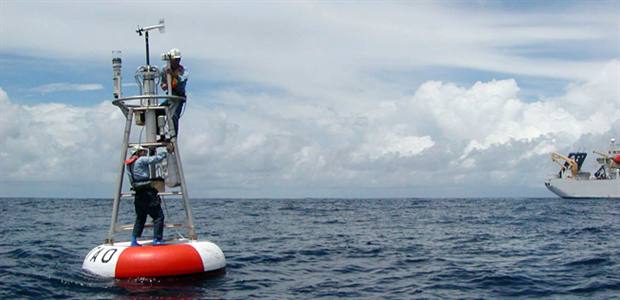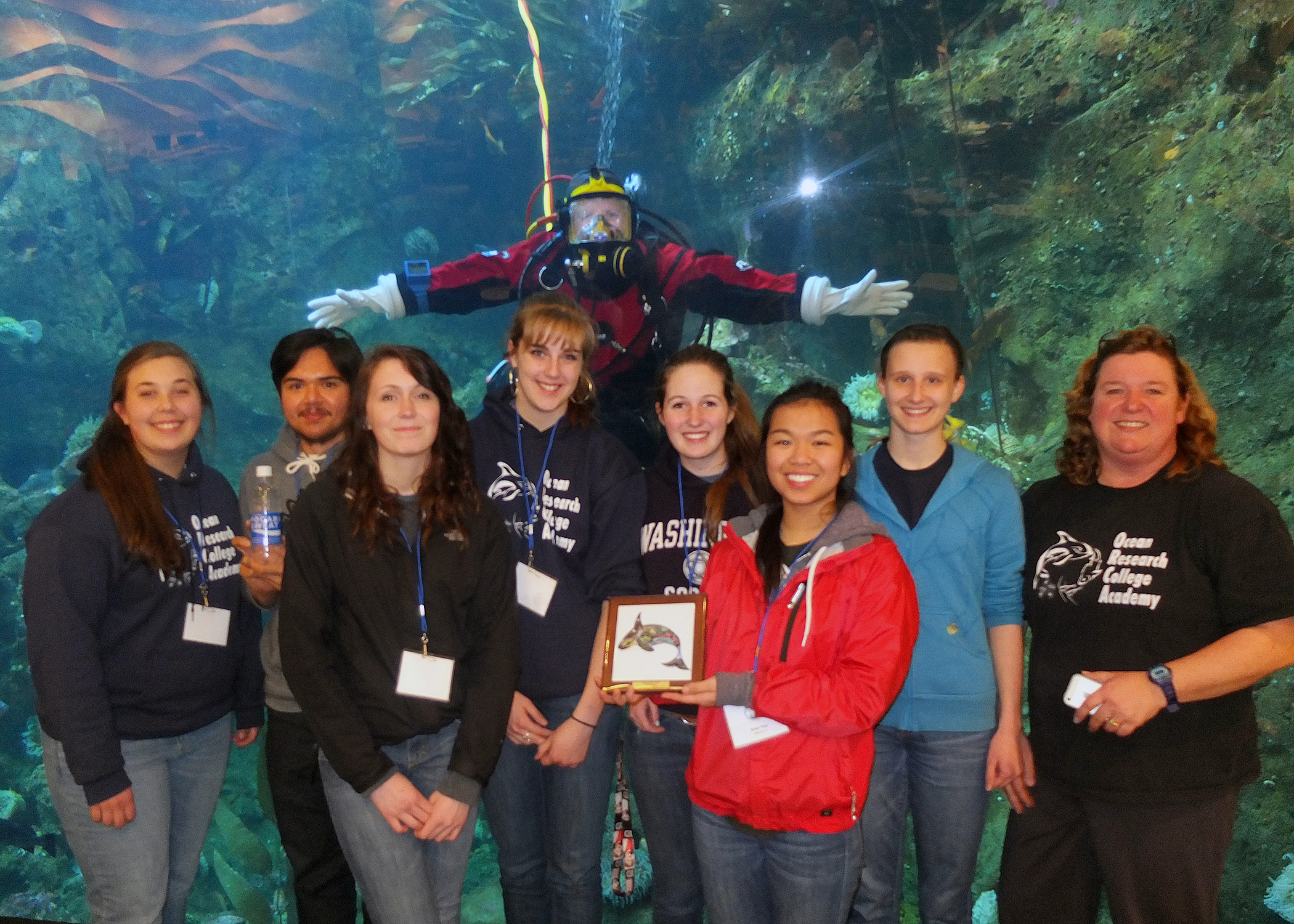The rise and fall of acid rain is a global experiment whose results are preserved in the geologic record. By analyzing samples from the Greenland ice sheet, University of Washington atmospheric scientists found clear evidence of the U.S. Clean Air Act. They also discovered a link between air acidity and how nitrogen is preserved in layers of snow, according to a paper published this week in the Proceedings of the National Academy of Sciences.
Read more »Carbon dioxide in the tropical Pacific Ocean is increasing faster than expected
Research published by scientists at the College of the Environment Joint Institute for the Study of the Atmosphere and Ocean and NOAA has yielded new findings in the role that the tropical Pacific plays in regulating global CO2. The ocean acts both a source and sink for atmospheric CO2, and the tropical Pacific has always had a disproportionately large influence on that interplay.
Read more »Do Washington State students have what it takes to tackle ocean acidification?
On March 1, Washington Sea Grant and other programs and schools from the University of Washington College of the Environment hosted the 2014 Orca Bowl on the UW campus. More than 100 students from 13 Washington state high schools competed at the event, focused this year on ocean acidification. This year, Everett’s ORCA high school team took top honors, and newcomer Redmond High placed second.
Read more »Vitamin water: Measuring essential nutrients in the ocean
The phrase, ‘Eat your vitamins,’ applies to marine animals just like humans. Many vitamins are elusive in the ocean environment. University of Washington researchers used new tools to measure and track B-12 vitamins in the ocean. Once believed to be manufactured only by marine bacteria, the new results show that a whole different class of organism, archaea, can supply this essential vitamin.
Read more »DNA detectives able to ‘count’ thousands of fish using as little as a glass of water
A mere glass full of water from Monterey Bay Aquarium’s 1.2 million-gallon Open Sea tank, among the 10 largest aquariums in the world, is all scientists really needed to identify the Pacific Bluefin tuna, dolphinfish and most of the other 13,000 fish swimming there. Researchers also for the first time used DNA from water samples to discern which of the species were most plentiful in the tank.
Read more »



